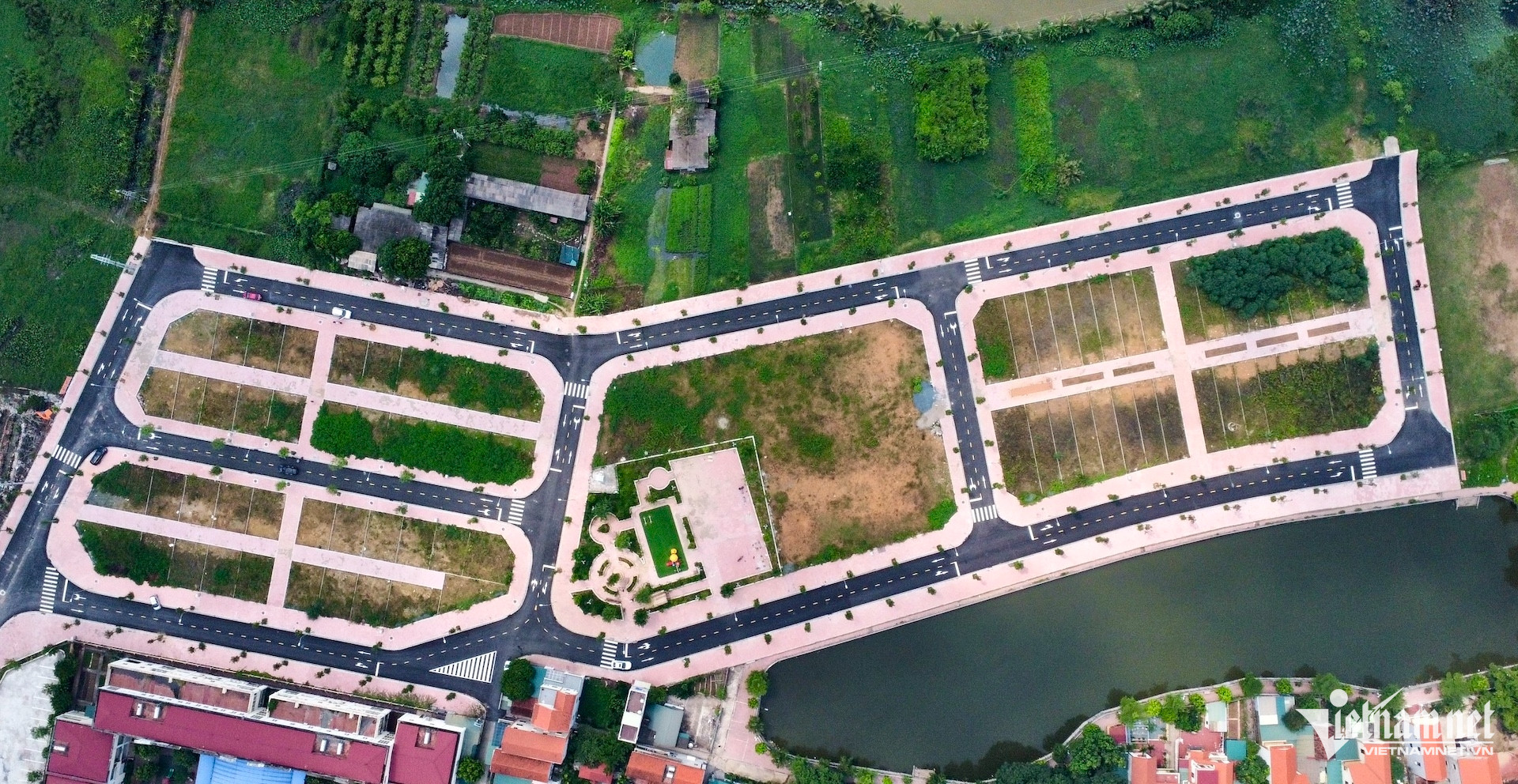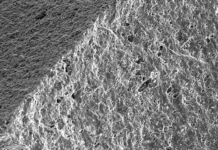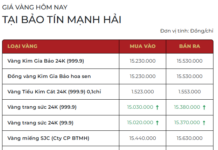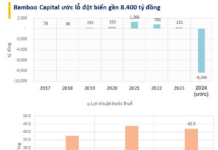The Hanoi authorities are seeking feedback on a draft regulation regarding the conditions for land division and consolidation, as well as the minimum area and dimensions for different types of land.
According to the Hanoi Department of Natural Resources and Environment, the draft closely follows Article 220 of the 2024 Land Law, which pertains to land division and consolidation.
As per the draft, in the case of land division without creating a new access path, the plot in a ward or town must have a minimum length of 4 meters, a minimum width of 4 meters adjacent to the road, and an area outside the red line boundary of no less than 50 square meters.
In plain rural communes, the minimum area is 80 square meters, in midland communes, it is 100 square meters, and in mountainous communes, it is 150 square meters.
If the land division involves creating an access path, the path must have a minimum width of 3.5 meters in towns, 4 meters in plain areas, and 5 meters in midland and mountainous regions.
 Land auction site in Hoai Duc District, Hanoi. Photo: Hong Khanh |
For non-agricultural land, this regulation applies to plots that are not allocated or leased by the state for project implementation. In wards and towns, for commercial and service land, the new plot must have a minimum width of 10 meters adjacent to the road and an area of no less than 400 square meters. For other types of non-agricultural land, the width must be at least 20 meters, and the area must be no less than 1,000 square meters.
In other communes, for commercial and service land, the minimum area is 800 square meters, and for other types of non-agricultural land, it is 2,000 square meters.
The Department of Natural Resources and Environment stated that land division should be carried out in a way that ensures the sustainable development of the city and improves the quality of life for its residents. It is essential to balance the needs of the people with the goal of developing a civilized and modern capital.
In addition to adhering to criteria regarding area and technical infrastructure, careful consideration must be given to urban planning and living space.
Furthermore, land division should not put strain on technical and social infrastructure to prevent overload and ensure a good quality of life in residential areas. In the long run, sustainable development factors must be taken into account to avoid disrupting the master plan or causing imbalances in technical and social infrastructure, while also preserving the cultural and historical values of the capital.
Currently, land division in Hanoi is governed by Decision No. 20 of 2017, which stipulates that post-division land plots must have a minimum area of 30 square meters in wards and towns and not less than 50% of the new minimum land allocation limit in other areas.
|
Article 220 of the 2024 Land Law stipulates the conditions for land division and consolidation, including the requirement for access paths, connections to existing roads, and adequate drainage. It also allows for the use of a portion of the land with residential land use rights as an access path without the need for changing its land use purpose. Additionally, the post-division land plots must meet the minimum area requirements for the type of land being used, as specified by the provincial People’s Committee. If the divided plot is smaller than the minimum area, it must be consolidated with an adjacent plot. |
Hong Khanh
How to Convert Perennial Cropland into Residential Land by 2024?
Many people are confused about the procedure for changing the land use purpose from agricultural land to residential land under the latest Land Law amendments.








































